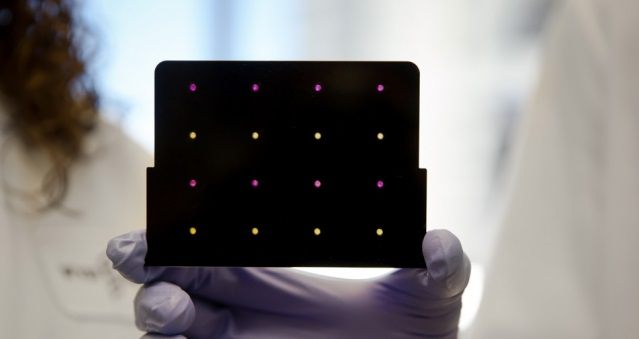MIT researchers have just developed a new paper-based test for Zika virus. It demonstrates Zika virus infection within a few hours. This test differentiates the Zika virus from the dengue virus. It is a paper-based test that contains a black cartridge for detection. The research is held up by scientists at Harvard’s Wyss Institute.
James Collins, lead researcher and professor at MIT in the US, said they have a system that could be delivered and used in the sector with cheap cost and few resources.
The Zika virus was first found in April 1947 in Rhesus Macaque monkeys in Zika forest, Uganda.
Most of the infected people develop no symptoms. However, when the symptoms were recognized, it was found that symptoms were similar to those of Dengue and Chikungunya.
Currently, patients are diagnosed by medicine Zikavac. And tested a test known as Polymerase Chain Reaction (PCR) by testing whether the patients have antitoxin inside their bloodstream. This test normally takes some days or weeks for the result, and still can’t give the result accurately.
How does a paper-based test for the Zika virus work?
The new paper-based device is based on chip-based technology developed by the researcher, previously used to detect the Ebola virus. Researchers implanted artificial gene networks on small discs on paper. These gene networks are programmed to identify particular genetic sequences, which causes the paper to change color.
The researcher decided to apply this technique to cure Zika after learning about the Zika outbreak.
Collins said that they made this device within a very short span of time, i.e., within a few weeks. It is a relatively rapid, inexpensive Zika diagnostic platform.
How was this made?
Scientists developed sensors and equipped them with paper discs. It detects 24 types of RNA sequences found in the Zika viral genome, like any viruses composed of RNA instead of DNA. When the targeted RNA sequence is recognized, it starts a series of communication that turns the paper from yellow to purple. The changing color can be seen with the naked eye. The researcher also demonstrated an electronic reader, making it easier to determine the change, especially when the sensor detects more than one RNA sequence.
Proteins, nucleic acids, and ribosomes are all important components of this process. This can be drawn out outside living cells and drained over paper. These paper discs can be stored at room temperature. All of these components function just as they would inside a living cell after it rehydrates.
Researchers also include Nucleic Acid Sequence-based Amplification (NASBA) for increasing the quantity of viral RNA in blood samples before exposing it to the sensor. This amplification step takes one to two hours, and increases the test’s sensitivity by 1 million fold.
Julius Lucks, an assistant professor of chemical and biomolecular engineering at Cornell University, said, “This demonstration of rapidly customizable molecular sensor represents a huge for the field the synthetic biology. What really exciting here is you can leverage all this expertise that synthetic biologists are gaining in construction genetic networks and use it important and can potentially transform how we do diagnostics.”
